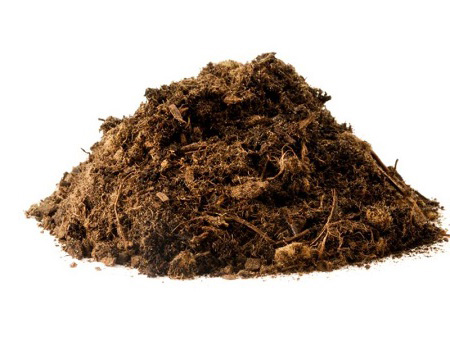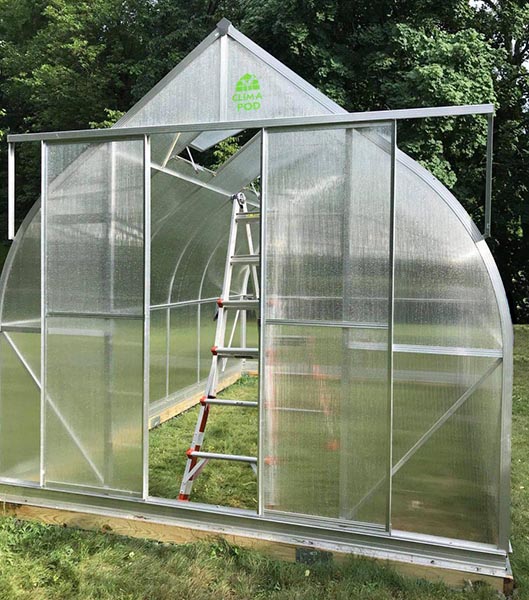If you just installed your greenhouse this season, then you don’t have to worry too much about the soil right away. Well-loosened garden soil, provided with all the necessary nutrients, will give you a high harvest. However, after 5 or more years, the soil in the greenhouse “gets tired” – because it works more intensely in conditions of high temperature and humidity. And in order to give your plants maximum nutrition, it is necessary to fertilize the soil or use specially prepared soil mixtures for the greenhouse.
If you don’t want to bother with humus, peat and sawdust, you can purchase ready-made soil at a garden store, created specifically for a particular crop. But most gardeners still prefer to mix the nutritional compositions themselves, focusing on their experience, the characteristics of the plants and soil on the site. And the following soil options for greenhouses are most often used.
Sod soil

The ordinary sod soil is enough to grow flower seedlings and flowers themselves. But a turf base is also suitable for vegetable crops, which, however, must be supplemented with humus and peat. For example, for five parts of turf, one part of each. If you want to fill the beds with prepared soil, then the most convenient way to do this is by first constructing the sides from wooden boards – this way you will get neat separate beds for different crops.
Peat soil

Lush and soft peat is an excellent basis for breathable, fertile soil. However, peat alone is not enough for full plant growth. It is better to add sawdust and humus to it. The optimal ratio is six parts peat, two parts sawdust and two parts humus.
Leaf soil

Many summer residents collect leaves in the fall and use them to fertilize their beds. This lightweight additive enriches the soil, but it does not contain all the necessary substances – different fertilizers will be needed depending on the crop that will grow on such soil.
Manure

The easiest and cheapest way to saturate the soil with all the nutrients is to fertilize it with manure. This is especially convenient for those who, in addition to a vegetable garden, keep livestock farms. Remember not to use fresh manure immediately before planting seedlings, as it creates too high a temperature. Otherwise, there are no restrictions – in the fall and spring, during the digging process, you can and should add different types of manure to the ground.
Compost
A widely known way to prepare nutrients for the garden is to create compost heaps in which weeds, organic waste, and fruits rot. However, the use of compost is not suitable for greenhouses, since under the influence of high temperatures it does more harm than good to the plants.
Mixed greenhouse soil

Depending on experience in farming and knowledge of the composition of the soil in their garden, everyone can come up with the optimal combination of soil substances themselves. And then you can take peat, humus, sawdust, foliage – and mix it in suitable proportions.
Which soil is best for different greenhouse plants
It is best to add manure to the soil for tomatoes. Optimally – chicken manure mixed with hay, ash and dolomite flour. The mixture is thoroughly mixed and first left to overheat. Only then is it brought into the greenhouse, and one liter of such soil per square meter is enough.
This mixture is also suitable for cucumbers, however, they need more nutrients, so you need to pour a bucket of manure compost per meter. Peppers will also like this mixture, the main thing is that it is not fresh, but very well rotted. And be sure to disinfect the greenhouse before adding fresh soil.






